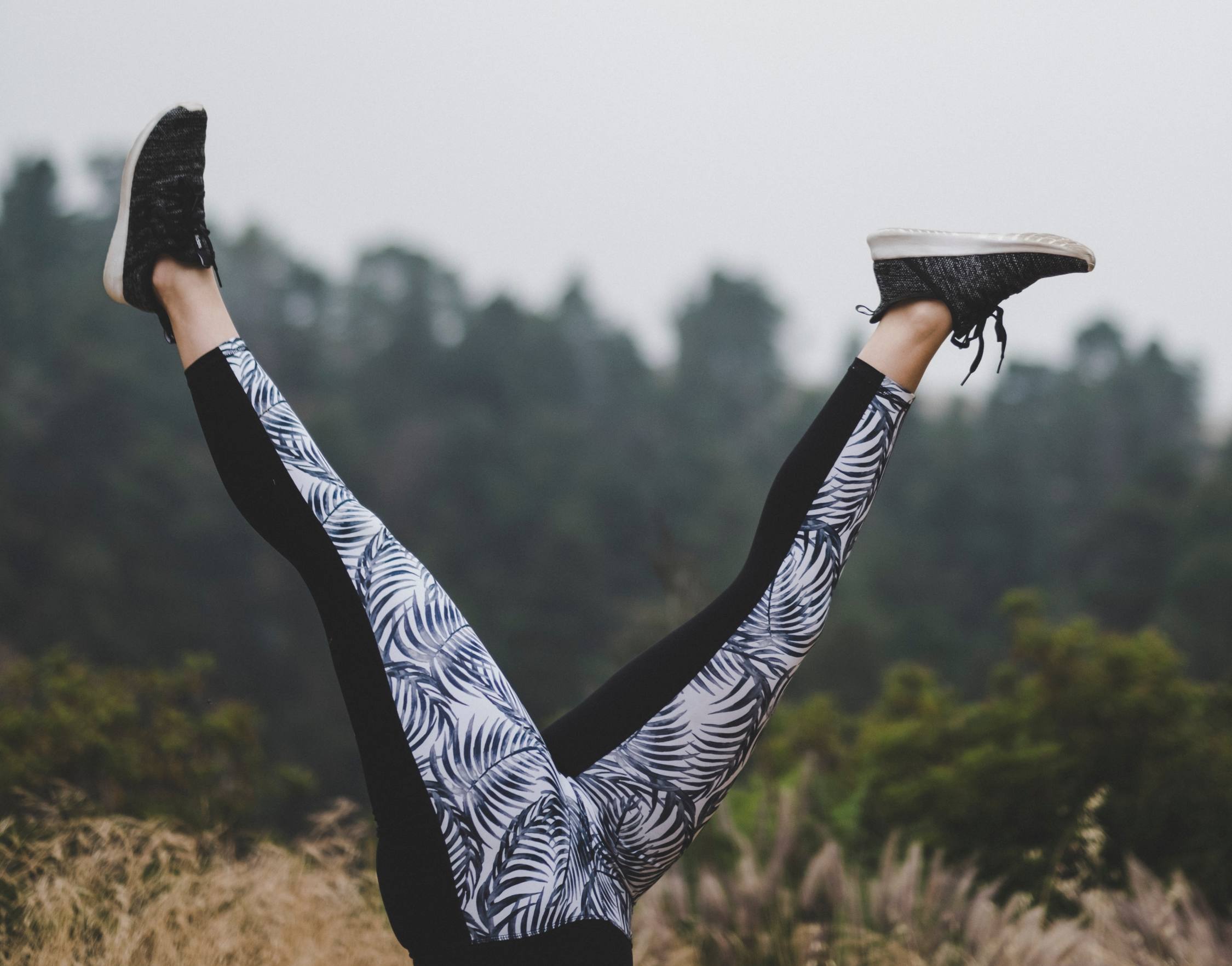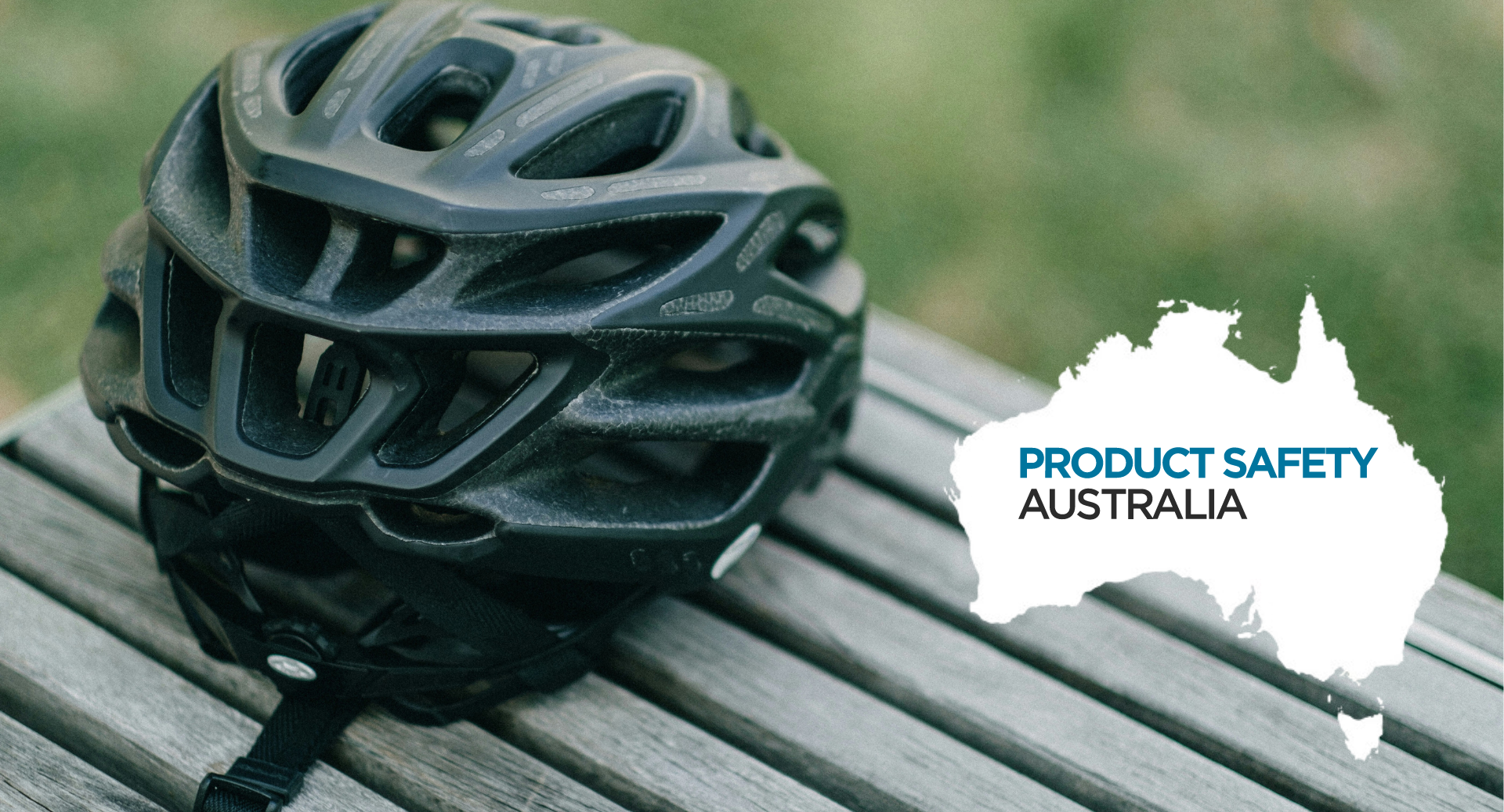
In today’s fast-paced and health-conscious world, activewear has become a staple in the wardrobes of people across the world. From competitive sports activities to simply running errands comfortably, activewear offers wearers style and functionality.
Because of the great demand for activewear, consumers expect quality and durability from their products. Manufacturers need to perform rigorous testing prior to going to market. From making sure your product is moisture-wicking to ensuring the comfort and quality of the fabric—there are multiple tests that can ensure your product meets expectations before going to market.
In this article, we explore the significance of activewear testing and its role in delivering products that meet the demands of active lifestyles.
The Basics of Activewear Testing
While performance or quality testing is not required for most garment manufacturers, it is an essential step to take to ensure the quality and performance of your product. If you want to make claims that your product is waterproof, anti-bacterial, or cooling it is imperative that you undergo the proper tests to avoid customer dissatisfaction. The AATCC regulates a number of tests that can be conducted to ensure the quality, durability, and capabilities of different garments.
Testing for Material Performance
Activewear needs to be able to hold up in a range of physical activities and environments, making it essential to evaluate the performance of its materials. Our laboratory will conduct a series of assessments to determine factors such as breathability, moisture-wicking capabilities, stretchability, and durability. These tests measure how well the fabric handles sweat absorption, ventilation, and temperature regulation, ensuring that wearer remains comfortable and dry during intense workouts.
Abrasion and Pilling Resistance
Repeated use and friction can cause wear and tear on activewear. To address this, our lab assesses abrasion resistance, measuring the fabric’s ability to withstand rubbing and stretching without significant damage. Other tests can measure pilling resistance. These tests are conducted to evaluate how well the fabric resists the formation of unsightly pills or fuzz balls, preserving the appearance and longevity of the garment.
Seam Strength and Construction
The integrity of seams is crucial for activewear, as the garments will undergo stress during various movements. Seam strength testing is used to determine if the seams can withstand the strain of activities such as stretching, bending, contact, and vigorous workouts. Evaluating the seam construction ensures that the garments retain their shape, support, and overall functionality, even under intense physical conditions.
Colorfastness and Dye Stability
Activewear comes in a plethora of vibrant and eye-catching colors, but it’s essential that these colors remain vibrant and do not fade over time. Testing laboratories subject activewear to colorfastness testing, simulating conditions like washing, perspiration, and exposure to sunlight. This ensures that the dyes used in the fabric are stable and resistant to fading, allowing wearers to enjoy their activewear for longer periods without compromising its appearance.
Thermal and UV Protection
For outdoor activities, activewear often provides protection against the elements. In-house test can evaluate the fabric’s thermal resistance, assessing its ability to insulate and regulate body temperature in different weather conditions.
UV protection testing measures the garment’s ability to block harmful ultraviolet rays, safeguarding the wearer’s skin from potential damage. These tests ensure that activewear not only performs well but also offers essential safety features.

Fit and Comfort
Comfort is essential when it comes to activewear, as it directly impacts performance and the wearer’s overall experience. Fit testing is conducted to assess the garment’s sizing, ensuring it offers the right level of snugness without compromising movement or causing discomfort. Testing facilities use specialized equipment and techniques to evaluate elements like stretch and recovery, waistband strength, and ease of movement, guaranteeing that activewear provides a comfortable fit that promotes freedom of motion.
Odor Resistance and Hygiene
Sweat and body odor are common concerns during physical activities. Activewear undergoes testing to evaluate its odor resistance properties, such as the ability to neutralize or minimize the persistence of odors. We are also able to examine the fabric’s hygiene aspects, including its resistance to bacteria and fungi growth. These tests ensure that activewear maintains freshness even after multiple uses, enhancing the wearer’s confidence and overall hygiene.
About ACT-LAB
ACT-LAB is an ISO/IEC 17025 accredited laboratory that conducts consumer product safety and compliance testing for an active world. We can help ensure that your products both meet industry standards and are inspected to ensure the utmost quality.
To learn more about our tests contact us today.
Read more about our accreditations here.
 ISO/IEC 17025 Accredited Independent Testing Laboratory
ISO/IEC 17025 Accredited Independent Testing Laboratory








